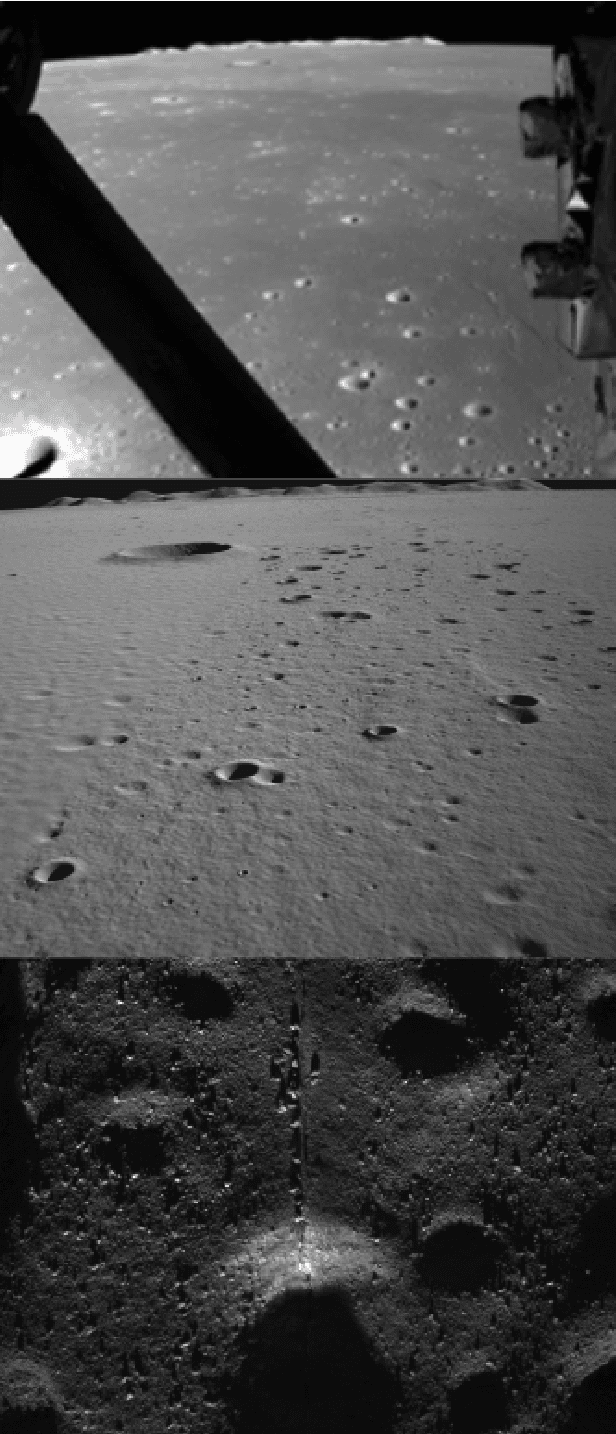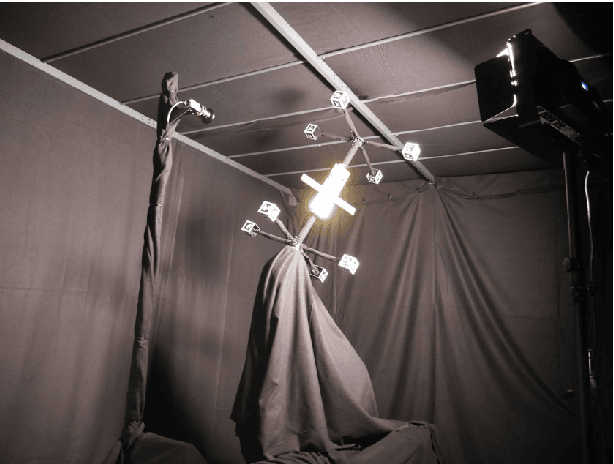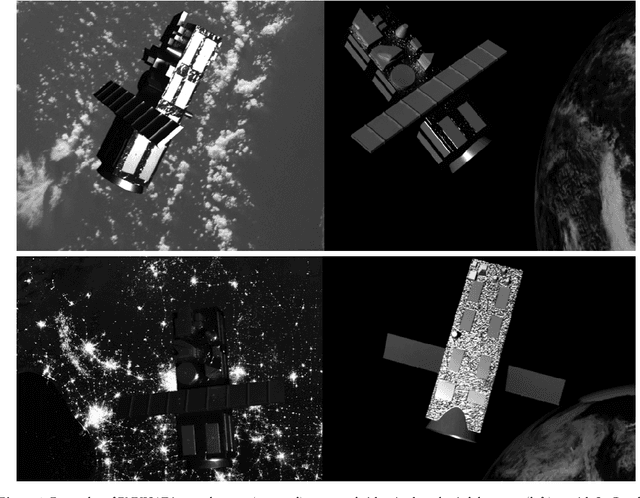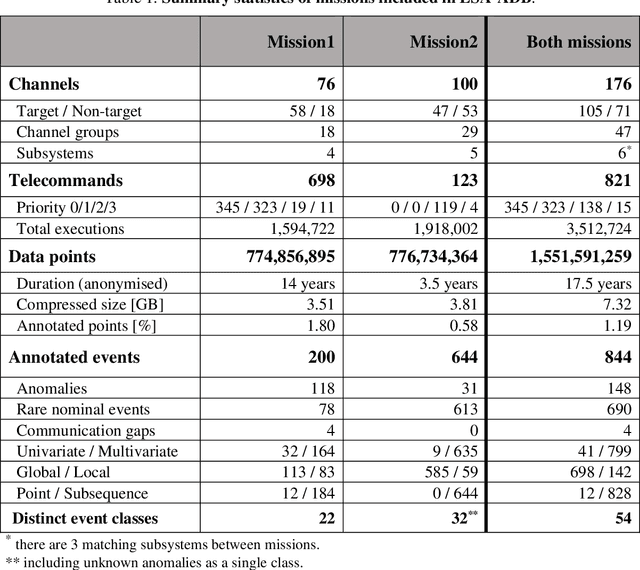Christoph Haskamp
Training Datasets Generation for Machine Learning: Application to Vision Based Navigation
Sep 17, 2024



Abstract:Vision Based Navigation consists in utilizing cameras as precision sensors for GNC after extracting information from images. To enable the adoption of machine learning for space applications, one of obstacles is the demonstration that available training datasets are adequate to validate the algorithms. The objective of the study is to generate datasets of images and metadata suitable for training machine learning algorithms. Two use cases were selected and a robust methodology was developed to validate the datasets including the ground truth. The first use case is in-orbit rendezvous with a man-made object: a mockup of satellite ENVISAT. The second use case is a Lunar landing scenario. Datasets were produced from archival datasets (Chang'e 3), from the laboratory at DLR TRON facility and at Airbus Robotic laboratory, from SurRender software high fidelity image simulator using Model Capture and from Generative Adversarial Networks. The use case definition included the selection of algorithms as benchmark: an AI-based pose estimation algorithm and a dense optical flow algorithm were selected. Eventually it is demonstrated that datasets produced with SurRender and selected laboratory facilities are adequate to train machine learning algorithms.
European Space Agency Benchmark for Anomaly Detection in Satellite Telemetry
Jun 25, 2024



Abstract:Machine learning has vast potential to improve anomaly detection in satellite telemetry which is a crucial task for spacecraft operations. This potential is currently hampered by a lack of comprehensible benchmarks for multivariate time series anomaly detection, especially for the challenging case of satellite telemetry. The European Space Agency Benchmark for Anomaly Detection in Satellite Telemetry (ESA-ADB) aims to address this challenge and establish a new standard in the domain. It is a result of close cooperation between spacecraft operations engineers from the European Space Agency (ESA) and machine learning experts. The newly introduced ESA Anomalies Dataset contains annotated real-life telemetry from three different ESA missions, out of which two are included in ESA-ADB. Results of typical anomaly detection algorithms assessed in our novel hierarchical evaluation pipeline show that new approaches are necessary to address operators' needs. All elements of ESA-ADB are publicly available to ensure its full reproducibility.
 Add to Chrome
Add to Chrome Add to Firefox
Add to Firefox Add to Edge
Add to Edge